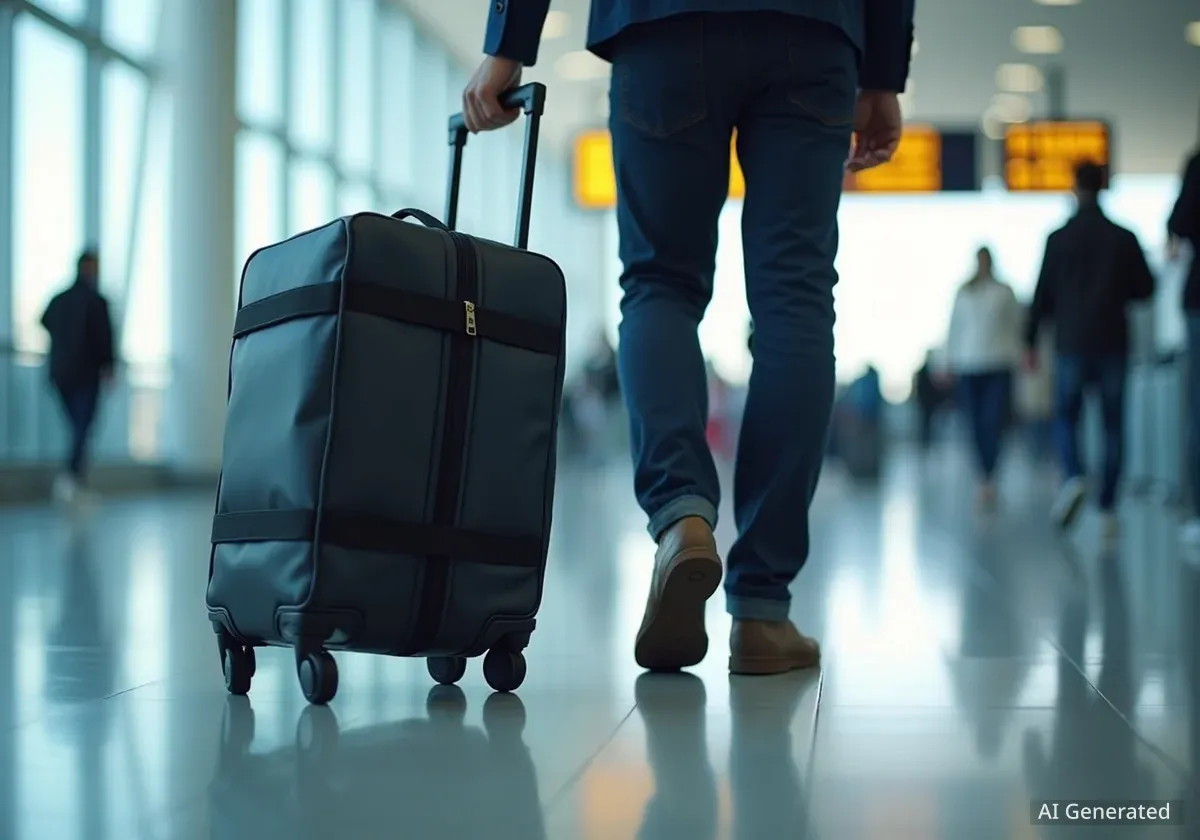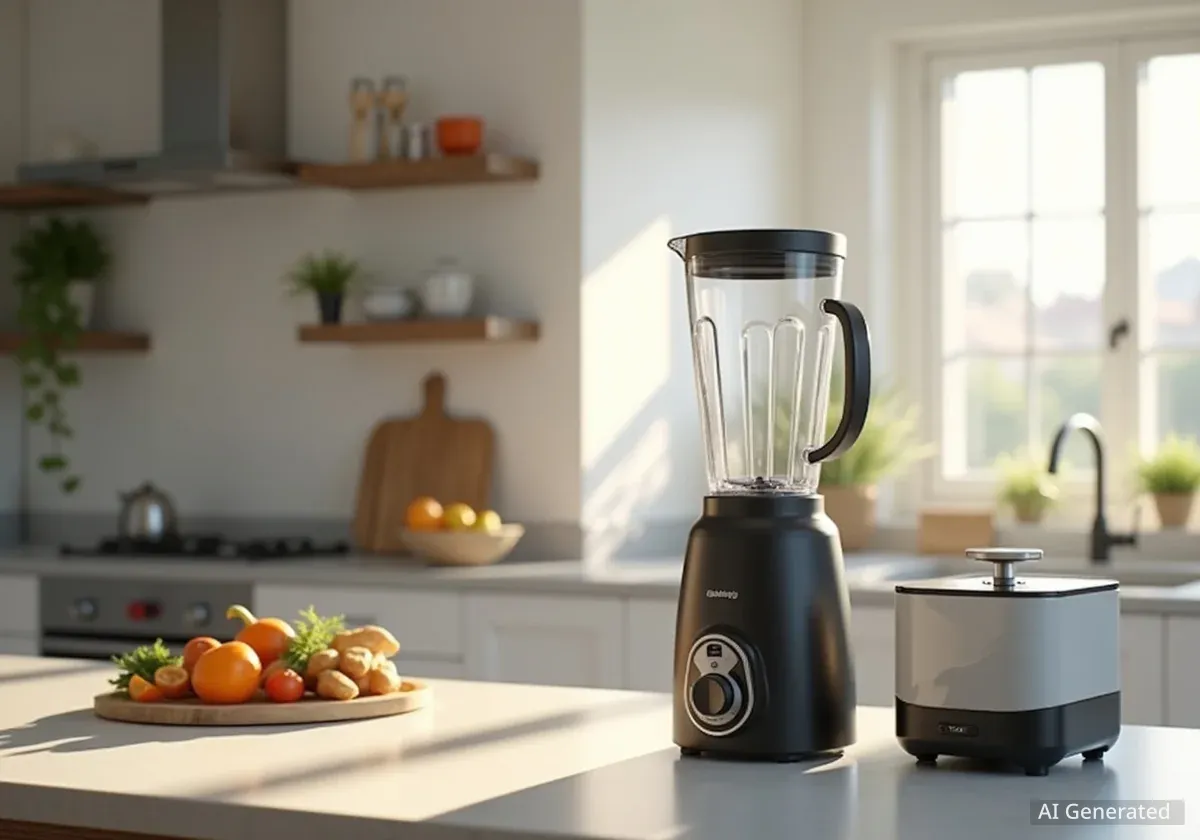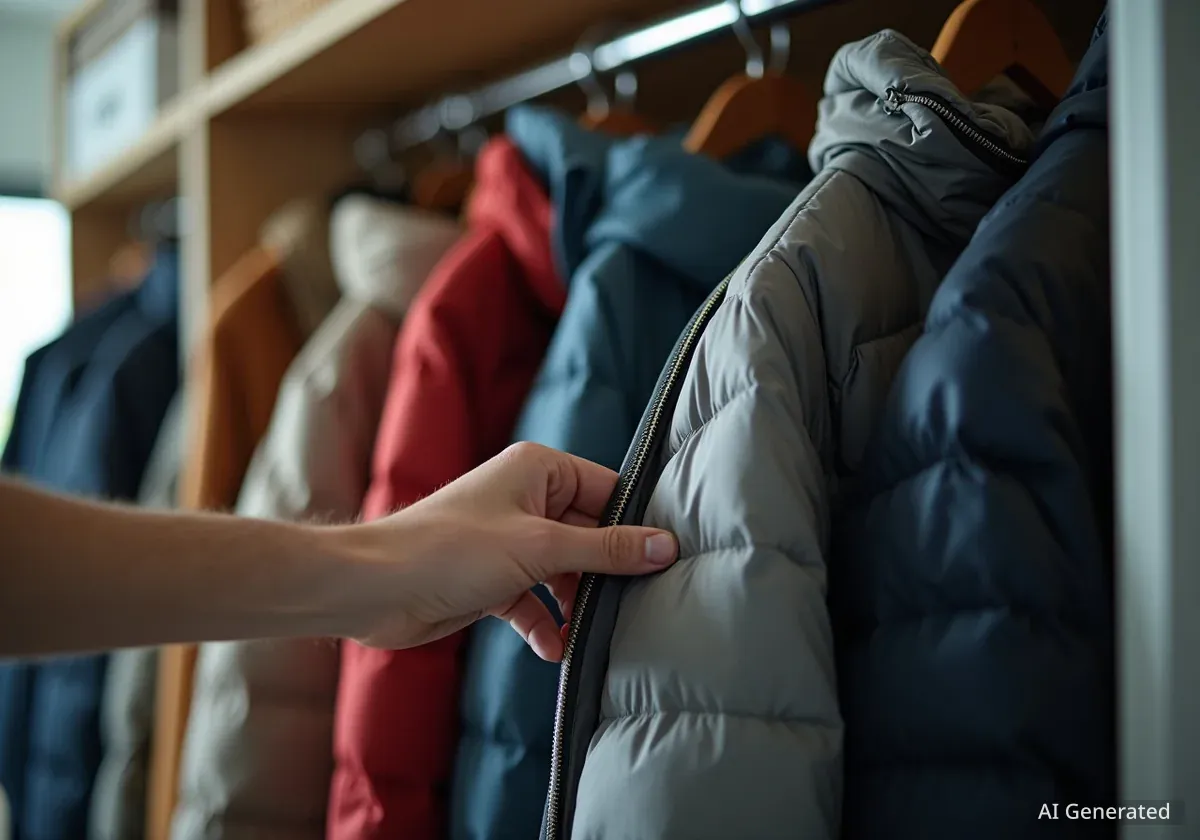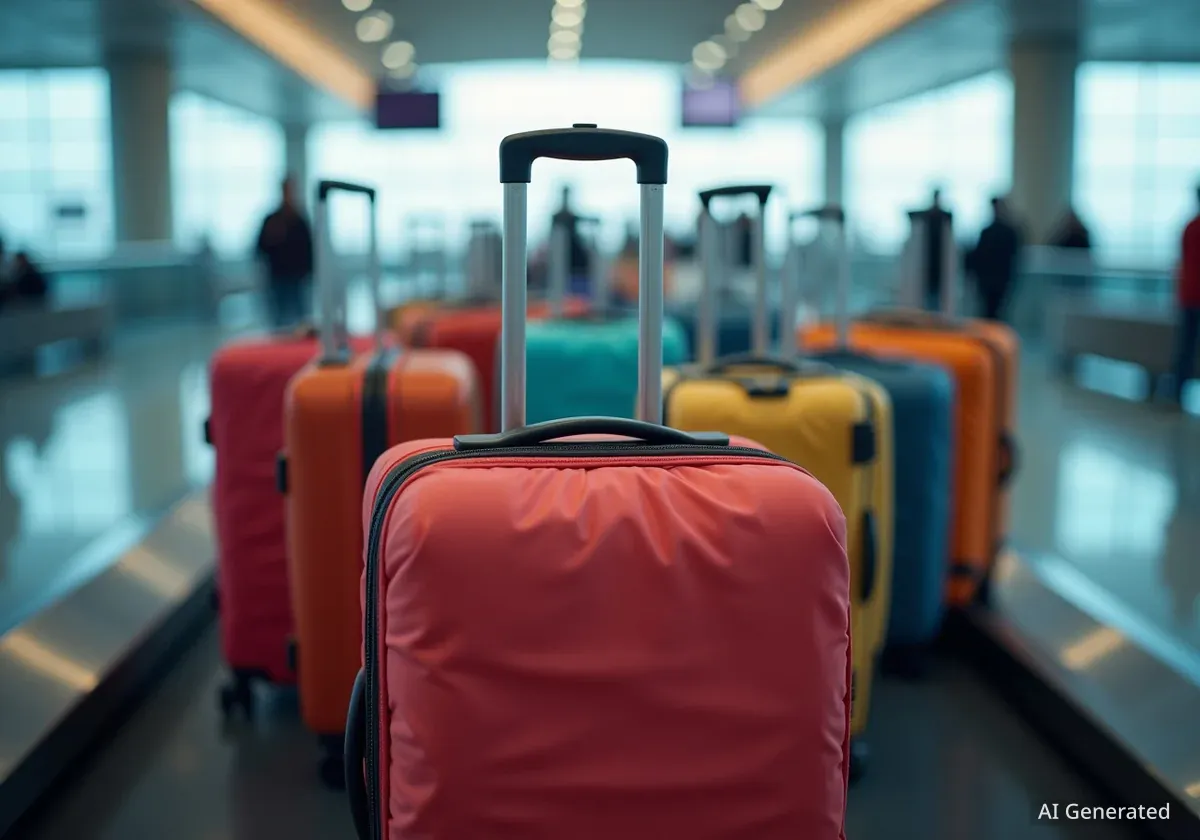Rolling duffel bags have become a popular luggage choice for travelers seeking a blend of high capacity and easy maneuverability. These hybrid bags combine the flexible storage of a traditional duffel with the convenience of wheeled suitcases, offering a practical solution for various types of journeys, from weekend getaways to extended international trips.
Their design addresses common travel challenges, such as navigating crowded airports and packing irregularly shaped items. By integrating features like telescoping handles, durable wheels, and multiple compartments, rolling duffels provide a versatile alternative to rigid hard-shell luggage.
Key Takeaways
- Rolling duffel bags offer a hybrid design that combines the large, flexible capacity of a duffel with the portability of a wheeled suitcase.
- Key features include durable wheels, a telescoping handle, multiple compartments for organization, and rugged, often water-repellent, materials.
- They are particularly useful for carrying bulky or oddly shaped items that may not fit well in traditional hard-shell luggage.
- Many models are collapsible, providing a space-saving storage solution when not in use, a significant advantage over rigid suitcases.
- When choosing a rolling duffel, factors like wheel quality, handle stability, material durability, and internal organization are critical considerations.
Understanding the Rolling Duffel Bag
A rolling duffel bag is a piece of luggage that merges the core characteristics of two different bag types. At its heart, it retains the soft-sided, spacious main compartment of a classic duffel bag, which is known for its ability to accommodate a large volume of gear. This flexibility makes it ideal for packing items of various shapes and sizes.
The key innovation is the addition of an integrated frame, two or more wheels, and a retractable handle. This system transforms the bag from a carry-only item into a rolling piece of luggage, significantly reducing the physical strain of transporting heavy loads through large terminals or across city streets.
A Hybrid Solution for Modern Needs
The rise of the rolling duffel corresponds with changes in travel habits. As travelers increasingly combine business with leisure or engage in adventure travel, the need for adaptable luggage has grown. The rolling duffel fills a gap between rigid suitcases, which offer protection but lack flexibility, and traditional duffels, which are spacious but can be cumbersome to carry when fully loaded.
Core Features and Their Benefits
The functionality of a rolling duffel bag is defined by a set of core features designed to improve the travel experience. Each component plays a specific role in making the bag practical and reliable.
Mobility and Portability
The primary advantage of a rolling duffel is its enhanced mobility. The combination of wheels and a telescoping handle allows travelers to pull the bag smoothly behind them, similar to a standard upright suitcase. This feature is particularly beneficial in large spaces like airports, train stations, and long hotel corridors.
Most models include multiple grab handles—on the top, side, and sometimes the bottom—which makes lifting the bag into overhead compartments, car trunks, or onto luggage racks much easier.
Storage and Organization
While the large main compartment is a defining feature, modern rolling duffels offer sophisticated organizational systems. Many include:
- External Pockets: These are useful for storing items that require quick access, such as travel documents, chargers, or a light jacket.
- Internal Dividers: Some bags feature mesh or fabric dividers to help separate clean clothes from dirty laundry or to section off different types of items.
- Compartmentalized Designs: Split-level or "drop-bottom" compartments create two distinct packing areas, functioning like two separate suitcases stacked together. This helps with organization and weight distribution.
The Importance of Collapsible Design
A significant number of rolling duffels are designed to be collapsible. After unpacking, the bag can be folded or compressed into a much smaller size for storage. This makes it an excellent choice for individuals living in smaller apartments, dorm rooms, or on cruise ships where storage space is limited. A typical 80-liter rolling duffel can often be stored in a space no larger than a shoebox.
Material and Durability
Travel luggage must be able to withstand considerable wear and tear. Rolling duffels are typically constructed from durable, high-denier fabrics like ballistic nylon or ripstop polyester. These materials are chosen for their resistance to abrasions, tears, and punctures.
Many bags also feature a water-repellent coating or treatment to protect contents from rain and spills. High-stress areas, such as corners and the bottom of the bag, are often reinforced with extra material or protective plastic guards to prevent damage during handling.
Comparing Rolling Duffels to Hard-Shell Suitcases
Choosing between a rolling duffel and a traditional hard-shell suitcase depends on the traveler's priorities and the nature of their trip. Each type of luggage offers distinct advantages.
"The primary distinction comes down to flexibility versus protection. A hard-shell case provides superior protection for fragile items, while a rolling duffel offers unmatched flexibility for packing and storage."
Flexibility and Packing
The soft-sided construction of a duffel bag allows it to conform to its contents. This makes it easier to pack bulky or irregularly shaped gear, such as sports equipment, camera tripods, or hiking boots. It also allows the bag to be squeezed into tight spaces, like an overhead bin or a packed car trunk, more easily than a rigid case.
Weight and Storage
Rolling duffels are often lighter than their hard-shell counterparts of a similar size. This can be a crucial factor when dealing with strict airline weight limits, as it allows for more of the allowance to be used for personal belongings rather than the weight of the bag itself. As mentioned, their ability to collapse for storage is a major benefit for those with limited space at home.
Protection
The main advantage of a hard-shell suitcase is its rigid exterior, which provides better protection against impacts. This is an important consideration for travelers carrying fragile items like electronics, camera lenses, or bottles. While duffels are durable, their soft sides offer less protection from crushing forces.
What to Look for When Buying a Rolling Duffel
When selecting a rolling duffel bag, several key components should be carefully evaluated to ensure the product meets your needs and will last for many trips.
- Wheel Quality: Look for large, sturdy wheels made from high-quality polyurethane. In-line skate-style wheels are often a reliable choice as they roll smoothly and quietly. A protective wheel housing is also important to prevent damage.
- Handle Construction: The telescoping handle should extend and retract smoothly and lock securely in place. Check for stability; a wobbly handle can be frustrating to use and may be a sign of poor construction.
- Zippers and Hardware: Zippers are a common point of failure on luggage. Opt for bags with large, durable zippers, such as those made by YKK. Check that the zipper pulls are easy to grip and consider models with lockable zippers for added security.
- Fabric and Reinforcements: Examine the fabric's denier rating—a higher number generally indicates a more durable material. Look for reinforced corners, protective bumpers, and a sturdy back panel to protect the bag from damage when being dragged over curbs or stairs.
Ultimately, the rolling duffel bag serves as a highly versatile and practical piece of luggage. Its ability to combine large capacity with convenient mobility makes it a strong contender for a wide range of travel scenarios, adapting to the needs of the modern traveler who values both function and flexibility.





